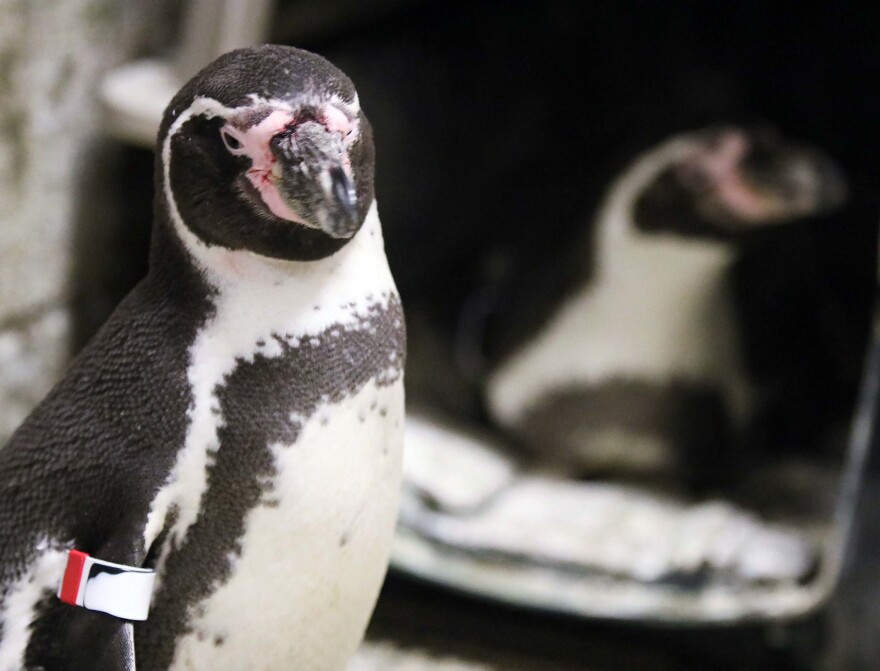When temperatures drop in central New York, Syracuse Rosamond Gifford Zoo and Utica Zoo both took precautions to ensure animal safety.
Ted Fox, executive director of the Syracuse Rosamond Gifford Zoo, said about 15% of the animals at the zoo spend most of the time outside. He said almost all the animals have an indoor enclosure but that some animals, like the snow leopard, are enjoying spending time outside in the cold.
"They're out playing and having a great time," Fox said. "They like the snow. They like the cold, you know. They've evolved to have one of the thickest, most dense coats of any animal. They're pretty comfortable in this weather."
Fox said many of the animals will choose to hunker down in their heated indoor habitats during a cold bout, sharing the penguin pool is even heated to 50 degrees every day. He said the selection of animals at the zoo were picked because they could safely live in the upstate New York climate.
"Things like the snow leopards, the Amur tigers, the Amur leopard, the gray wolves, the red wolves — those are all species that we specifically chose to be here, knowing that our weather is what it is or what it can be and how unpredictable it is," Fox said.
Andria Heath, executive director of the Utica Zoo, shared similar thoughts.
"For instance, our Bactrian camel, red panda, white-naped crane, Canada lynx, they are all from parts of the world or country where it's in their DNA," Heath said. "That's what they are in the natural [world] so that makes it a little bit more helpful."
She said other animals at the Utica Zoo like the African lions have adapted to colder temperatures and choose to be in their outdoor habitats almost every day. But on days with extreme temperatures, like the recent cold snap that brought below zero windchills, she said the zookeepers do not give the animals the choice to be outside for their safety.
"Our animals don't have the weather forecast and they don't know what we knew about overnight and today and tomorrow," Heath said.
"Some people think because we have animals that might live in the northeast in the cold that they can just be out unprotected," Heath said. "But our animals are under human care, so they do get extra human care."
Fox suggests checking out the zoo during the winter months saying it's a great time of year to visit.
"With the leaves off the trees and the grass cut down, it's really a lot easier to see a lot of the animals," Fox said. "They are very active. The animals are enriched by our visitors too. When there are less visitors in the colder months, the animals seem to really enjoy interacting with folks and seeing what they're doing too."








